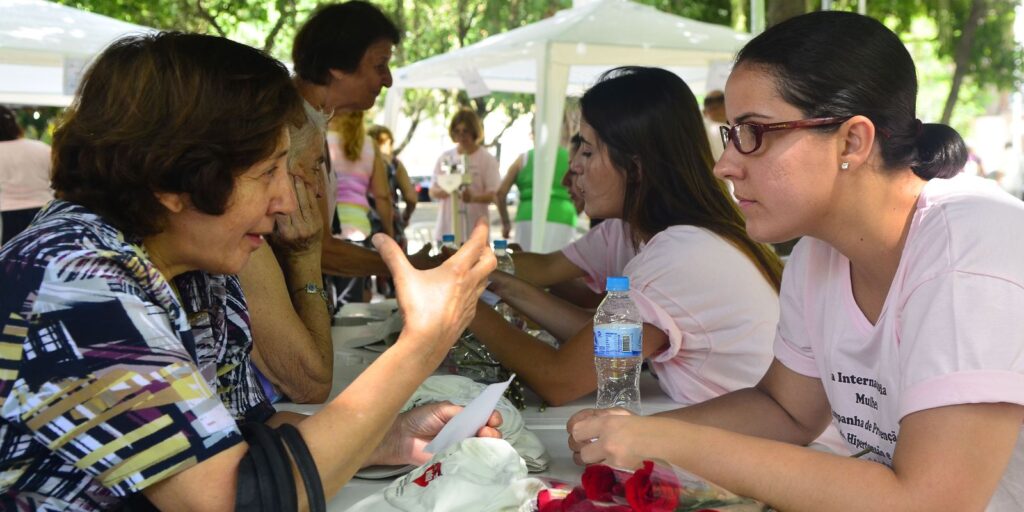Inflation climbed again in February and reached 8.01%. This was announced on Saturday by the National Administrative Department of Statistics (Dane), and although much of the impulse in prices continues to be related to the global situation that has affected the price of inputsa good part of the basic basket has also been affected by this effect already.
(Inflation continues to skyrocket and reached 8.01% annually in February).
Some items, such as food, have already reached an annual inflation of 23.3%, while the prices of restaurants and hotels, which include the category of meals outside the home, stood at 12.41%, and others such as transportation stood at 7.44%.
A few days ago, the president of the economic studies center Anif, Mauricio Santamaría, assured that part of the effect that is being seen in inflation derives not only from the international situation, but also from demand pressures.
Santamaría assured that although it is great news that consumption, both by households and by the Government, is growing quite a bit, since it boosts GDP, he assured that “this has a dark side.” And he added that “They have calmed us saying that the inflationary problem is imported, in part it is like that, but a demand growing at 15% shows us that we have a very large component, and a large part of that comes from growth in consumption.
(Colombia, among those that grew the most in the region).
Wilson Tovar, manager of economic research at Acciones y Valores, assured that “it is difficult to calculate within inflation how much is an imported effect and how much is a local effect,” but indicated that in the case of food, the fact that inputs have risen so much is one of the keys to inflation, but not the only one.
“In the food sector, we also see how many people during the vacation season paid these costs not only in line with the increase in food prices, but also thanks to the adjustment of restaurant increases that were partly driven by the increase in the minimum wage,” said Tovar.
In addition, he reiterated, in the food component there is a high speculative component, “which we cannot measure either.”
In addition to this, Tovar acknowledged that the effect of the exchange rate hit many imported supplies.
And although food is the category that weighs most in inflation, another component that also has an important participation in the Consumer Price Index (CPI) is the category of leases and utilities. Although the category registered an annual variation of 4.47% last February, its contribution to the variation of 8.01% of inflation is 2.47 percentage points.
“In leases, many fees did not rise last year, and this adjustment will continue to be seen in several months, because not all people’s contracts expire in January. And public services also have an effect of increasing energy prices, and this price is usually indexed to the price of fuels and there has been a great demand at the national level against energy due to the reactivation, ”he explained.
THE WEIGHT OF THE SUPPLIES
An important part of the increase in prices that consumers are experiencing has to do directly with costs incurred by production.
The director of Dane, Juan Daniel Oviedo, explained to this medium that “the imported component is essentially the increase in the cost of inputs such as fertilizers and concentrates that depend largely on the imported supply.”
According to Oviedo, there is a significant volume of fertilizer imports and other inputs, and hence the rise in prices of inputs such as corn and soybeans in concentrated foods has made chicken and eggs more expensive, as well as concentrate and pharmaceuticals make beef and milk more expensive; wheat flour makes bread more expensive, coya fuel oils, and auto parts and the logistics component makes motorcycles and vehicles more expensive.
Likewise, in the last week the Dane also disclosed the results for the Producer Price Index (IPP) for February 2022, which registered an increase of 3.23% in its monthly variation, and reached an annual figure of 30.27%.
In February, the increase in prices received by producers for goods produced for domestic consumption was 1.61%, which leads to an annual variation of 25.09%, while for those exported, the increase in the PPI was of 3.38%, and the annual variation is already at 44.03%.
In addition, in February, the prices associated with agriculture, livestock and fishing rose 7.11% and those related to mining 5.31%, with which in the last year agriculture has seen increases of 49.74%. For its part, mining had an increase of 64.08%, while the industrial sector has experienced an increase of 17.35% in its PPI.
BRIEFCASE


















